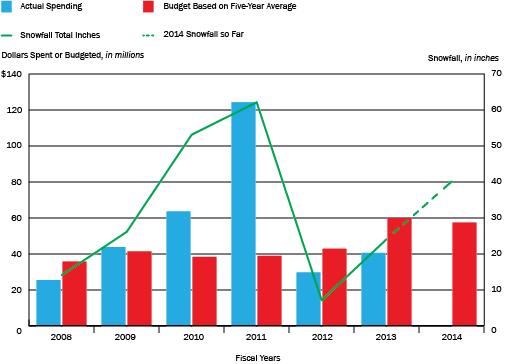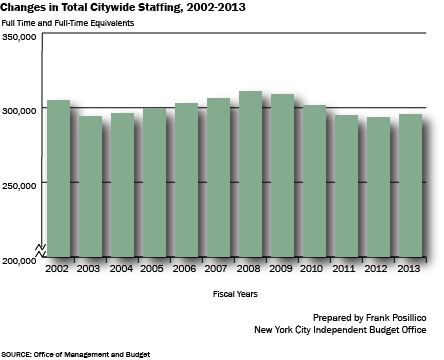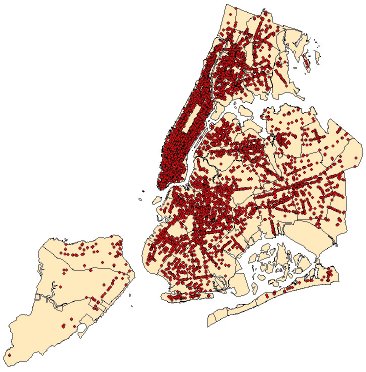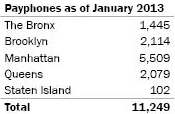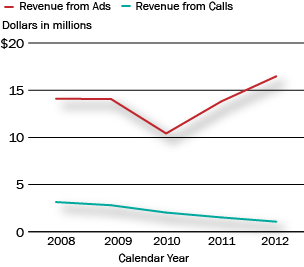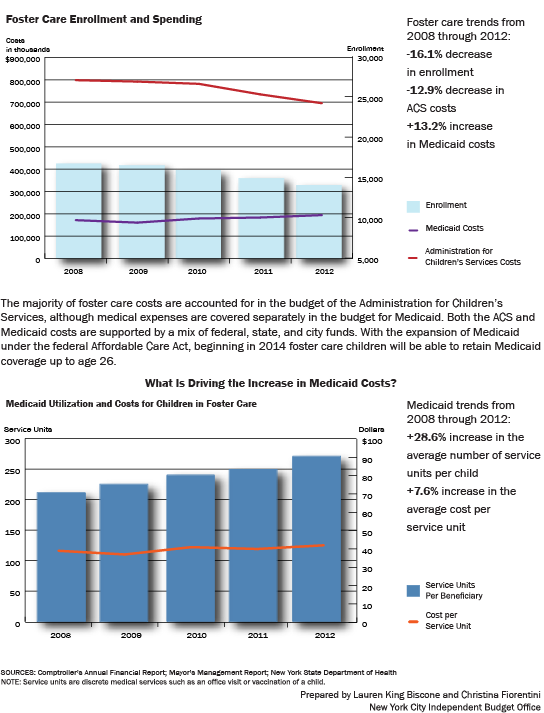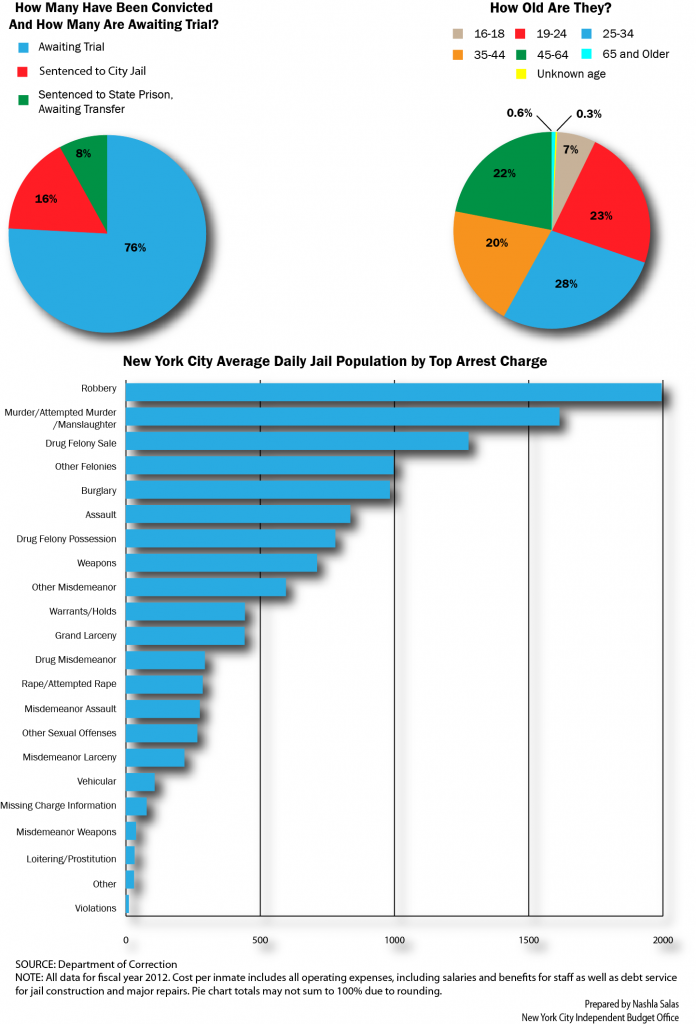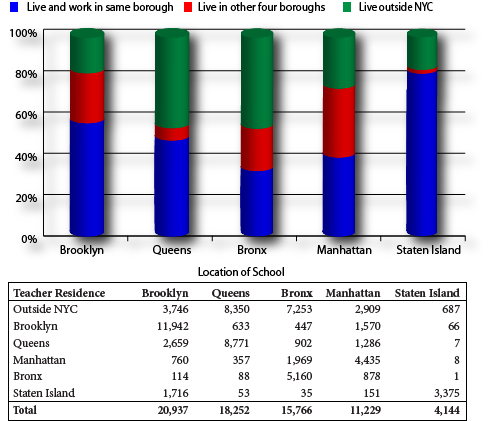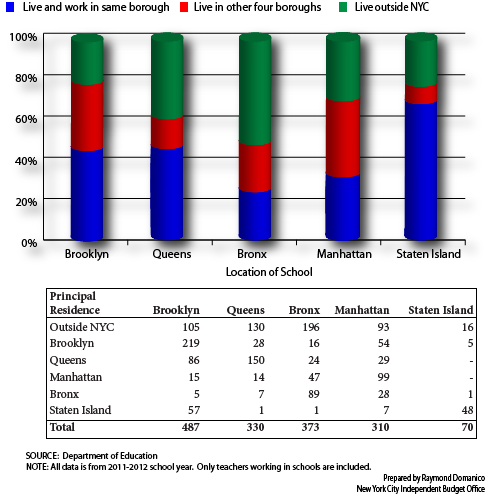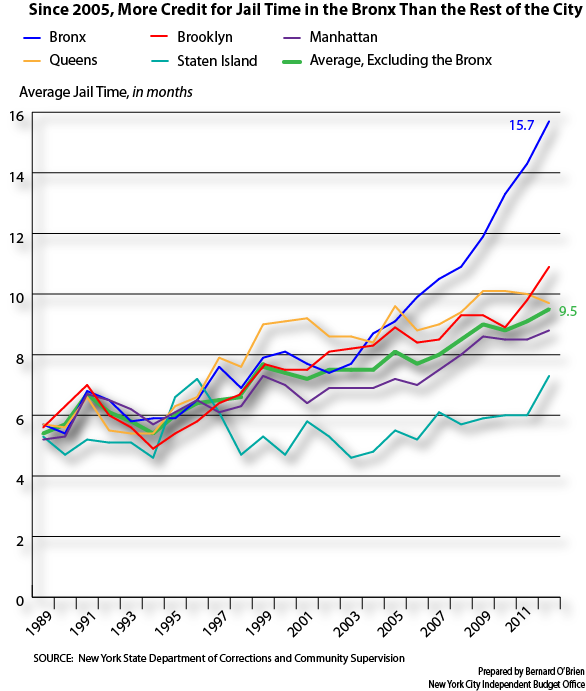How Much Has Snow Removal Cost the City in Recent Years?
- The amount the city budgets each year for snow removal is set by a formula in the City Charter. The formula is the average of spending on snow removal in the five prior years—so the budget for 2014 is based on the actual amounts spent in fiscal years 2008–2012.
- In some years the formula provides more funding than is needed while in other years, such as 2011 when the city had an extraordinary amount of snow, the formula-driven budget fell $87 million short of need. The formula budgeted $13 million more in 2012 than the city needed for snow removal and $19 million more in 2013.
- If there is unused funding in the snow budget, that money is reallocated or becomes part of the city’s end of year budget surplus. Conversely, if the budgeted amount is short of what is needed, funds are drawn from other parts of the city budget to cover the expense.
Print version available here.
| New York City By The Numbers |
How Close Is NYC to Meeting the Affordable Housing Goals Set by the Bloomberg Administration?
New York City Public Schools: Have Per Pupil Budgets Changed Since 2010-2011?
Did the Number of Municipal Employees Decrease Under the Bloomberg Administration?
When Mayor Bloomberg presented his last budget plan in November, he noted that the city’s full-time and full-time equivalent headcount had fallen by 15,368 since December 31, 2001. But looking at staffing levels since the end of fiscal year 2002, which marks the beginning of Mayor Bloomberg’s first full-year budget, the numbers are somewhat different.
From June 30, 2002 through June 30, 2013, city staffing decreased by 9,028 positions and totaled 295,894 by the end of fiscal year 2013, a 3.0 percent decline.
- For many agencies, there was little change in staffing from June 30, 2002.
- Two areas of the budget accounted for the largest decrease in staffing, the education department and uniformed services.
- The largest decrease—4,607 positions—occurred in uniformed services, including 1,986 police officers (a decline of 5.4 percent), 1,141 fire fighters (10.1 percent) and 1,645 correction officers (15.5 percent).
- The education department saw a decrease of 4,496 positions (3.3 percent), of which 2,528 were teachers and professional staff.
Print version available here.
| New York City By The Numbers |
New York City Public Payphones: How Many Are Left?
In January 2013 there were 11,249 working payphones in public locations citywide, a decline of almost
50 percent since 2008.
- The Bronx, Brooklyn, and Staten Island have seen decreases of about 60 percent.
- The number of payphones has fallen 33 percent in Manhattan and 52 percent in Queens.
_______________________________________________________________________
The city collects 10 percent of revenue from calls placed from payphones and 36 percent of revenue from advertisements on the payphones.
- City revenue from calls has declined steadily since 2008.
- City revenue from advertising has increased sharply since 2010.
SOURCE: Department of Information Technology and Telelcommunications
Prepared by Nashla Salas
New York City Independent Budget Office
Print version available here.
| New York City By The Numbers |
How Has the Recent Decline in the Number of Children in Foster Care Affected Costs?
NYC’s Jail Population: Who’s There and Why?
On an average day in fiscal year 2012,
- 12,287 inmates in city jails
- 57 percent are black, 33 percent Hispanic, 7 percent white, 1 percent Asian, and the rest other or unknown
- 93 percent are male
The average annual cost per inmate in 2012 was $167,731
Print version available here.
| New York City By The Numbers |
Where Do NYC’s Teachers and Principals Live Compared With Where They Work?
Teachers
- 67% of the 70,328 teachers live within the five boroughs
- Teachers in Queens and the Bronx are the most likely to live outside the five boroughs
- 81% of Staten Island teachers live in the same borough as they work, as do 57% of Brooklyn teachers
- 66% of the 1,570 principals live within the five boroughs
- Principals in the Bronx and Queens are the most likely to live outside the five boroughs
- 69% of Staten Island principals live in the same borough as they work, as do 45% of Brooklyn principals
Print version available here.
| New York City By The Numbers |
Do Courtroom Delays in the Bronx Come at a Cost to the City?
Suspects arrested on criminal charges who cannot make bail or are denied bail are detained in city jails while their cases are being decided. If the arrestee is convicted and sentenced to time in state prison, the period of time already spent in city jails is deducted from their sentence. Time spent in city jails comes at the city’s expense, time in state prison at the state’s expense. Therefore, the longer it takes to convict, the more it costs the city in detention spending that would otherwise be paid by the state.
The average time in city jails credited to inmates newly sentenced to state prisons from Bronx courtrooms grew to 15.7 months in 2012, about six months more than the average in the remainder of the city. If the average in the Bronx had been the same as that in the rest of the city, New York City would have saved about $14 million last year on jail expenditures.
Print version available here.
| New York City By The Numbers |
